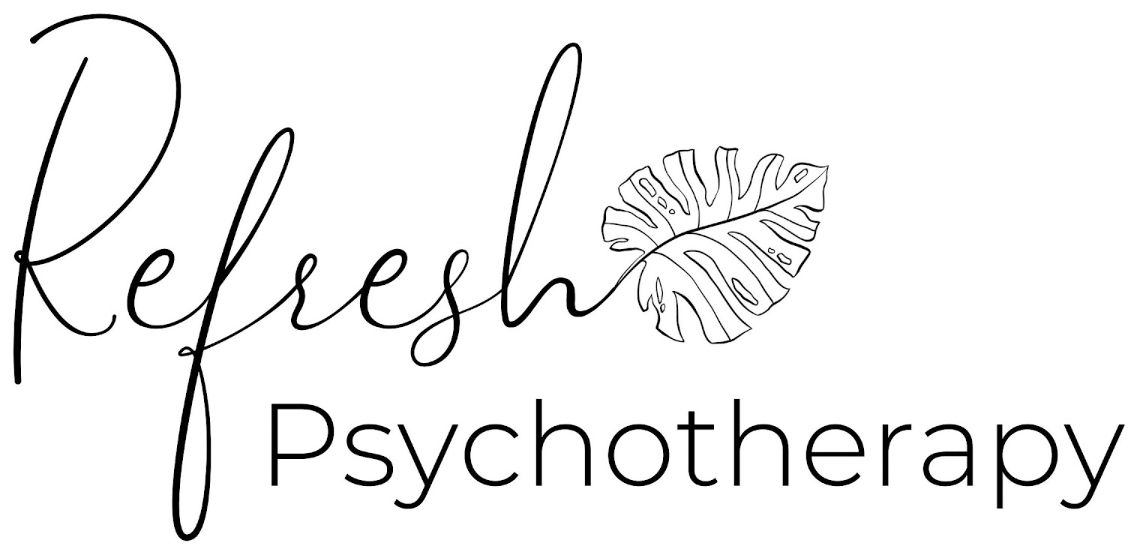
Boundaries Bootcamp: Step-by-Step Plan to Rebuild Self-Trust and Healthy Limits After a Manipulative Partner
Surviving a manipulative relationship—whether romantic, familial, or professional—often leaves behind emotional scars that aren’t visible but deeply felt. One of the most common consequences? A complete erosion of self-trust and personal boundaries. Manipulative people don’t just override your choices; they teach you to second-guess your own instincts. You leave the relationship unsure where your limits are—or whether you even have the right to enforce them.
Rebuilding healthy boundaries after emotional manipulation isn’t just about saying “no” more often. It’s about retraining your nervous system, rewriting internal scripts, and slowly restoring the sense that your feelings, needs, and perceptions are valid. This article outlines a trauma-informed, psychology-backed approach to recovering personal agency and reconnecting with your internal compass.
What Emotional Manipulation Does to Self-Trust
Manipulative partners often use tactics like gaslighting, guilt-tripping, intermittent reinforcement, and blame-shifting to destabilize your sense of reality (Stark, 2007). Over time, these tactics erode your ability to differentiate between what’s yours and what’s being projected onto you. In psychological terms, this leads to boundary collapse, a state where you can’t tell where others end and you begin (Herman, 1992).
Victims of emotional manipulation often develop hypervigilance, fawning behaviors, and codependent patterns as survival mechanisms (Walker, 2013). In short: you learn to prioritize keeping the peace over protecting your peace. Reclaiming your boundaries means reversing this pattern in small, consistent ways.
Step 1: Identify Where Your Boundaries Went Missing
Boundary repair begins with awareness. Start by reflecting on the areas where you felt your limits were consistently ignored or dismissed. These may include:
- Emotional boundaries (being blamed for someone else’s feelings)
- Time boundaries (being guilted into constant availability)
- Physical boundaries (touch or proximity without consent)
- Conversational boundaries (not being allowed to opt out of conflict)
Write down specific moments when you felt uncomfortable, pressured, or silenced. According to research on post-traumatic growth, making meaning of past experiences is a critical part of healing (Tedeschi & Calhoun, 2004). This isn’t about reliving trauma—it’s about spotting patterns so you can disrupt them.
Step 2: Reconnect with Your Internal Signals
After manipulation, it’s common to lose touch with your gut instincts. You may feel numb, confused, or uncertain when trying to make decisions. This is a sign of learned self-doubt, not a character flaw.
Start tracking small signals from your body and emotions. Ask yourself throughout the day:
- “Am I clenching my jaw or fists right now?”
- “What emotion am I pushing away?”
- “If I didn’t worry about upsetting anyone, what would I say or do next?”
Studies in somatic psychology suggest that reconnecting with bodily cues helps regulate the nervous system and supports boundary clarity (Ogden, Minton, & Pain, 2006).
Step 3: Set Micro-Boundaries First
Don’t start by confronting the most difficult people in your life. Instead, practice with low-stakes scenarios:
- Decline a calendar invite when you’re tired
- Ask a friend not to make jokes at your expense
- Stop explaining yourself when you say no
These “micro-boundaries” rebuild the neural pathways associated with self-trust. The more you practice, the more natural it becomes to assert your needs without panic.
Step 4: Script and Rehearse Your Limits
If confrontation causes anxiety, scripting helps. Write and rehearse boundary statements ahead of time so they feel more accessible in the moment. Examples include:
- “I’m not comfortable with that.”
- “I need some time to think about this.”
- “This isn’t a good time for me to talk.”
Research shows that people with assertiveness training experience higher self-esteem and lower stress (Speed, Goldstein, & Goldfried, 2017). Practicing your language before you need it builds emotional preparedness.
Step 5: Create an Internal Consequence System
Manipulative people often ignore boundaries unless there are consequences. But what matters more than enforcing consequences with others is following through with yourself.
Decide on internal rules for how you will respond when a boundary is crossed. For example:
- If a friend gossips after you asked them not to, you’ll decline their next invite.
- If your ex contacts you after you requested space, you’ll block the number.
This helps restore the core message: “I keep myself safe.”
Step 6: Recognize Your Progress, Not Perfection
Boundary healing isn’t linear. You’ll have moments when you freeze or fawn or fall silent. That doesn’t mean you’re back to square one—it means your brain is still healing from complex relational trauma. Self-compassion is essential. Keep a record of times you did speak up or chose yourself. Reminding your nervous system that progress is happening helps rewire those damaged trust pathways over time (Porges, 2011).
Step 7: Anchor Your Identity in Something Beyond the Trauma
Finally, to fully reclaim your boundaries, you need to rebuild a life where your identity isn’t organized around protecting yourself from others. Pursue joy, hobbies, values, and relationships that affirm your autonomy—not just your survival.
People who’ve experienced relational trauma often define healing as “never letting that happen again.” But true healing is about expanding into who you were before it happened—and who you can become now that it’s over.
Conclusion
Recovering from a manipulative relationship doesn’t require perfection—it requires practice. Healthy boundaries aren’t walls; they’re doors you get to open or close with intention. The more consistently you choose yourself, the more you’ll trust that you can.
Your nervous system may not believe it yet—but you’re allowed to take up space, say no without explaining, and exist without being managed. Boundaries aren’t selfish. They’re how you come back home to yourself.
Looking to work on your boundaries? Make an appointment with one of Refresh’s talented therapists at:
Written by: Keeley Teemsma, LCSW, MA
Works Cited
Herman, J. L. (1992). Trauma and Recovery: The Aftermath of Violence–from Domestic Abuse to Political Terror. Basic Books.
Ogden, P., Minton, K., & Pain, C. (2006). Trauma and the Body: A Sensorimotor Approach to Psychotherapy. Norton Professional Books.
Porges, S. W. (2011). The Polyvagal Theory: Neurophysiological Foundations of Emotions, Attachment, Communication, Self-regulation. W.W. Norton.
Speed, B. C., Goldstein, B. L., & Goldfried, M. R. (2017). Assertiveness training: A forgotten evidence-based treatment. Clinical Psychology: Science and Practice, 25(1), 1–20.
Stark, E. (2007). Coercive Control: How Men Entrap Women in Personal Life. Oxford University Press.
Tedeschi, R. G., & Calhoun, L. G. (2004). Posttraumatic growth: Conceptual foundations and empirical evidence. Psychological Inquiry, 15(1), 1–18.
Walker, P. (2013). Complex PTSD: From Surviving to Thriving. Azure Coyote Books.
